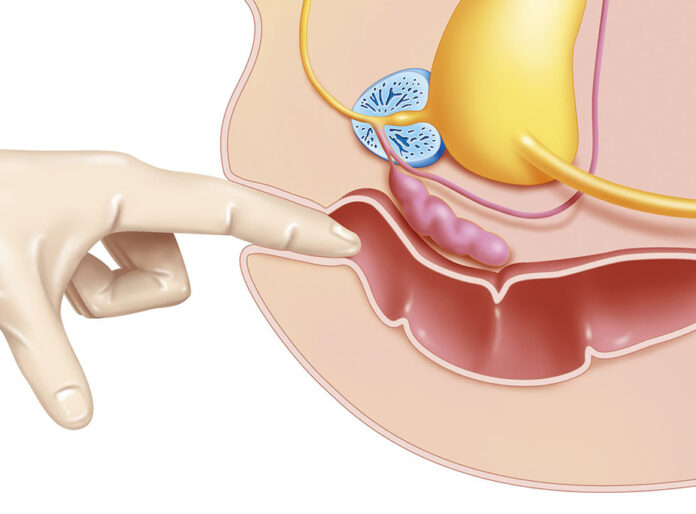Peyronie’s disease is a benign medical condition characterized by forming of fibrous scar tissue on the penis, resulting in curved and painful erections.
While penis shape and size variations are normal, Peyronie’s disease can cause significant pain and bending that can interfere with sexual activity and even lead to erectile dysfunction. It can also result in stress and anxiety for many men, who may worry about penile shortening.
It’s important to note that Peyronie’s disease is unlikely to resolve independently and may worsen over time. However, early treatment can prevent the condition from progressing and even improve symptoms.
It is still possible to reduce penile curvature, alleviate pain, and address concerns about penile shortening if you have had the condition for some time. By seeking Peyronie’s disease treatment in Sydney, you can restore your sexual function and enjoy a better quality of life.
Table of Content:
- Non-Surgical Treatment Options for Peyronie’s Disease
- Surgical Treatment Options for Peyronie’s Disease
- What to Consider When Choosing Peyronie’s Disease Treatment in Sydney?
- Final Words
1. Non-Surgical Treatment Options for Peyronie’s Disease
Treatment for Peyronie’s disease focuses on straightening the penis to restore sexual function. The duration of treatment depends on various factors, such as the extent of penile curvature, the severity of the shortening, and the presence of erectile dysfunction.
Oral Drugs
The initial medication often prescribed for Peyronie’s disease is Pentoxifylline (Trental), which can take several months to produce results. While some doctors may prescribe vitamin E supplements or para-aminobenzoate, their efficacy remains uncertain. Additionally, drugs for treating erectile dysfunction may benefit men with both Peyronie’s disease and ED.
Medications
Oral treatments for Peyronie’s disease have been tested, but their efficacy remains uncertain compared to surgery. Injections directly into the penis can reduce curvature and alleviate pain in some individuals.
Local anesthetics may be used during injections, and treatment may require multiple injections over several months. Injection medications may also be used with oral or traction treatments.
Penile Injections
To break down the scar tissue in the penis, your doctor may recommend injecting medication directly into the affected area. Verapamil is a common drug used in this treatment.
Studies have shown it can reduce pain and curvature for many men with Peyronie’s disease. In addition, another medication called collagenase clostridium histolyticum (Xiaflex) is also given via injection. It is used to treat Peyronie’s disease.
Iontophoresis
Iontophoresis is a non-invasive technique that uses an electric current to deliver a combination of verapamil and a steroid through the skin. However, the efficacy of this technique in treating Peyronie’s disease is unclear, as current research has yielded conflicting results in terms of its impact on penile curvature and erectile function.
2. Surgical Treatment Options for Peyronie’s Disease

Your doctor may recommend surgery for a severe or bothersome penis deformity. However, it’s typically not suggested until the condition has persisted for 9 to 12 months and the curvature stabilizes for 3 to 6 months. Surgical methods can include:
- Surgery for severe penis deformity may involve incision or excision and grafting. This involves making cuts in scar tissue, allowing the sheath to stretch out and straighten. After some scar tissue is removed, a tissue graft may be inserted to cover the holes in the tunica albuginea. This surgery is riskier than plication and reserved for more severe cases with indentations. Erectile function may worsen after the procedure.
- Suturing the unaffected side can straighten the penis in less severe curvatures. Different techniques, resulting in similar success rates, can be used to suture the longer side of the penis without scar tissue. The procedure’s success often depends on the surgeon’s experience and preference.
- Penile implants can be surgically inserted into the spongy tissue to treat Peyronie’s disease and erectile dysfunction. They can be semirigid or inflated with a pump in the scrotum. Additional procedures can be performed to improve the curvature during the implant surgery if needed.
3. What to Consider When Choosing Peyronie’s Disease Treatment in Sydney?

When choosing a treatment for Peyronie’s disease, several factors should be considered, including:
- The severity of symptoms: In severe cases, surgical interventions may be necessary, whereas in mild cases, non-surgical treatments like oral medication or penile injections may be effective.
- Overall health: Some treatment options may not be suitable for patients with certain medical conditions, and others may require anesthesia or surgery, which may be riskier for individuals with pre-existing health issues.
- Personal preferences: Some people might prefer non-invasive options, such as lifestyle changes or non-surgical treatments, while others may prefer surgical options despite the associated risks and recovery time.
Ultimately, the decision about which treatment option to pursue should be made in consultation with a medical professional who can assess the patient’s specific case and make recommendations based on their needs and circumstances.
Final Words
Peyronie’s disease can cause a great deal of physical and emotional discomfort for those who suffer from it. While several treatment options are available, choosing the right one can be complex and depend on various factors, including symptom severity, overall health, and personal preferences.
Therefore, speaking to a healthcare professional about your symptoms and potential treatment options is essential. They can help you understand the risks and benefits of your treatment options and develop a personalized treatment plan.
Don’t hesitate to seek help – taking action early can help prevent long-term complications and improve your overall quality of life.









